The photographer Fabrice Dekoninck takes us on an immersion into the memory of the war in Bosnia-Herzegovina, meeting witnesses and survivors. Through their stories, he confronts the weight of this memory and its impact on the Bosnian society today.
Obsessed by traces, he tirelessly surveys the very sites where the crimes were committed, detention and execution sites and former mass graves. Spread over almost three years, his work is similar to that of an anthropologist of memory. With this book, he is at the epicentre of the very essence of photography: to make the invisible visible. Through photography, he intends to fight against revisionism and negationism.
“I remember my first trip to Srebrenica in February 2020. Even before arriving in the city, I am stunned by the landscape that unfolds before my eyes. Everywhere, the stigma of violence and hatred. Yet I had prepared myself for a long time. I had read the accounts of the witnesses and immersed myself in the archives of the International Criminal Court. But nothing could prepare me for the raw reality of the genocide. I feel everything, the hatred of the murderers and the suffering of the victims. Everything here is latent, palpable, horribly present.”
-
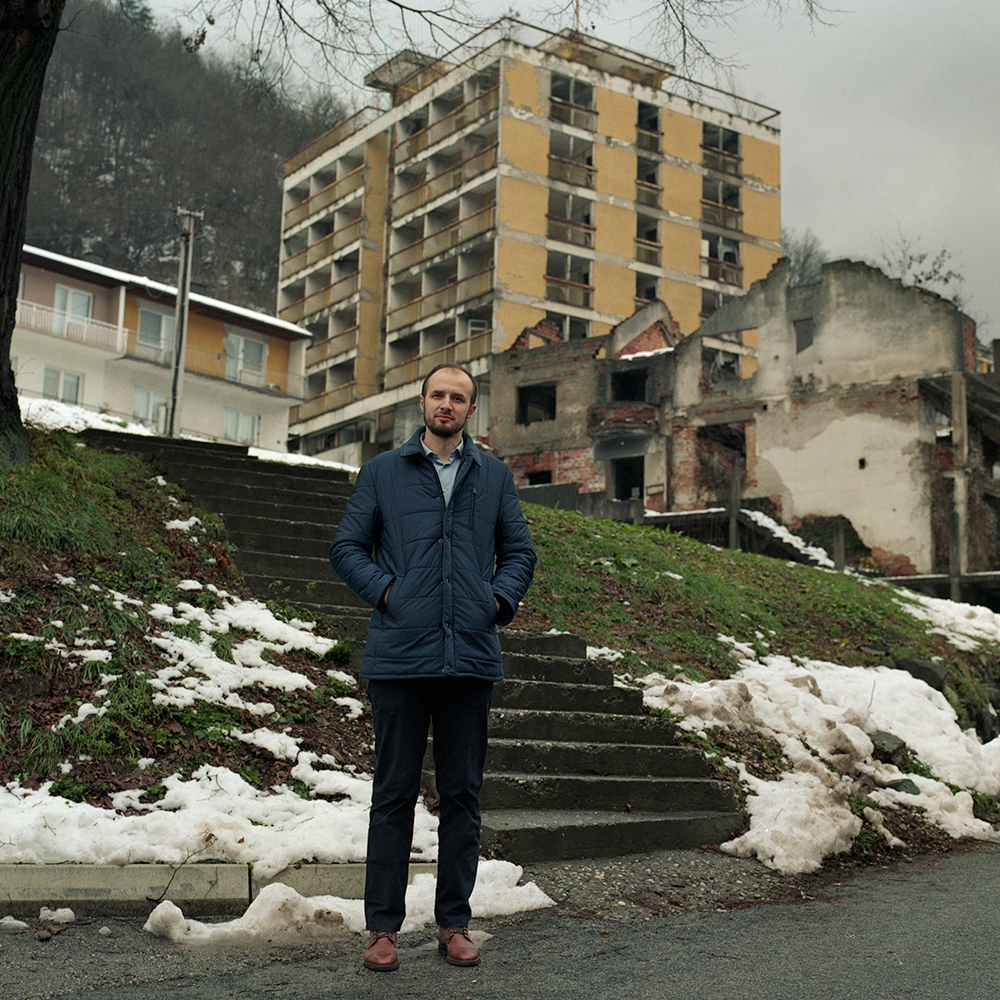
-
Ahmed HRUSTANOVIC, Srebrenica city center
-
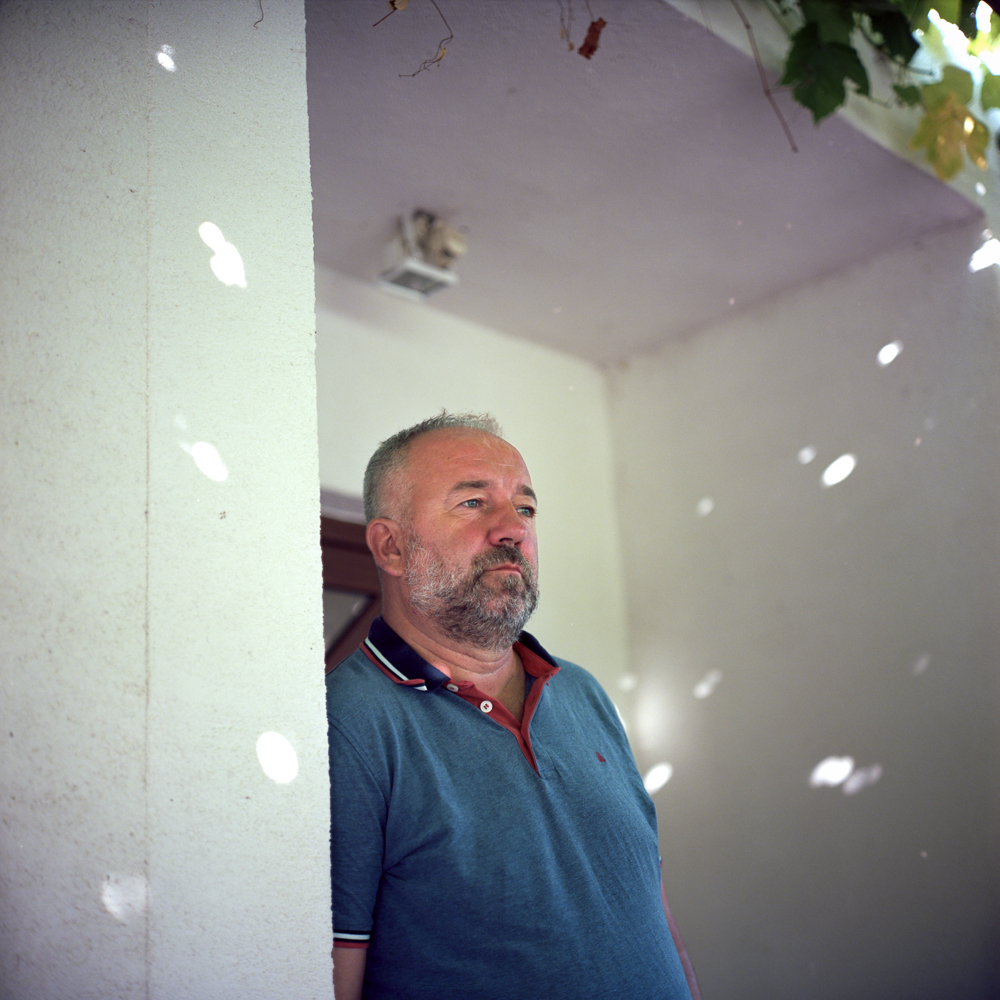
-
Satko MUJAGIC, Kozarac
-

-
Jovan DIVJAK, Sarajevo’s defense hero
The context
After five long years of war, more than 100,000 dead and 1.2 million displaced, and after the genocide in Srebrenica finally awakened the conscience of the international community, the war in Bosnia and Herzegovina ended with the signing of the Dayton Accords in November 1995.
These agreements, although intended to be temporary, continue to govern the country today, allowing ethno-nationalist politicians to remain in power, instrumentalising the memory of the war and exacerbating tensions between communities for the sole purpose of staying in power. The ‘Dayton peace’ and the arrangements it imposes have created a poisonous climate in which everything seems capable of becoming violent again.
In the autumn of 2021, the ethno-nationalist leader of Republika Srpska announced his intention to have the local parliament pass a bill allowing the Serb entity to withdraw from the central authority of Bosnia and Herzegovina in all matters of defence, health, tax administration and justice. This is a unilateral violation of the Dayton Accords, and threatens a new armed conflict.
Thirty years after the start of the conflict, tensions have never been higher and resentment and hatred between ethnic communities have never been greater, against a backdrop of corruption, political mismanagement and rising nationalism throughout the country.
How the book is organized?
For nearly three years, the photographer stayed for long periods in Bosnia and Herzegovina where he built trustful relationships with numerous witnesses. Across Europe, he also met several foreign witnesses (UN soldiers, ICTY investigator, writers and journalists) present in Bosnia during the war. All witnesses opened the doors of their memory in the most sincere and honest way, allowing the author to collect a unique set of testimonies on what the memory of war is all about.
The book is first and foremost a photography book, mixing staged portraits and reportage images on the very places where the events took place. Most of the work is done with film cameras (35 mm and medium format), delivering a blend of black and white and color images.
The book is organized around 3 geographical chapters: Srebrenica, Kozarac and Sarajevo. Each chapter is introduced by the author who shares his own thoughts and emotions in relation to his own experience. He also gives the floor to a few guests who address post-war recurring themes: truth, justice and memorialization (how to deal with the legacy of the past?).
The preface is written by Philippe Simon, a former French war correspondent who shared the daily life of a Bosnian family in Sarajevo during the siege of the city.
–
The book will be available in English and French. Depending on the results of the crowdfunding campaign, the book may also be published in Bosnian, available only to residents of Bosnia and Herzegovina.
Chapter 1: Kozarac (Prijedor region)
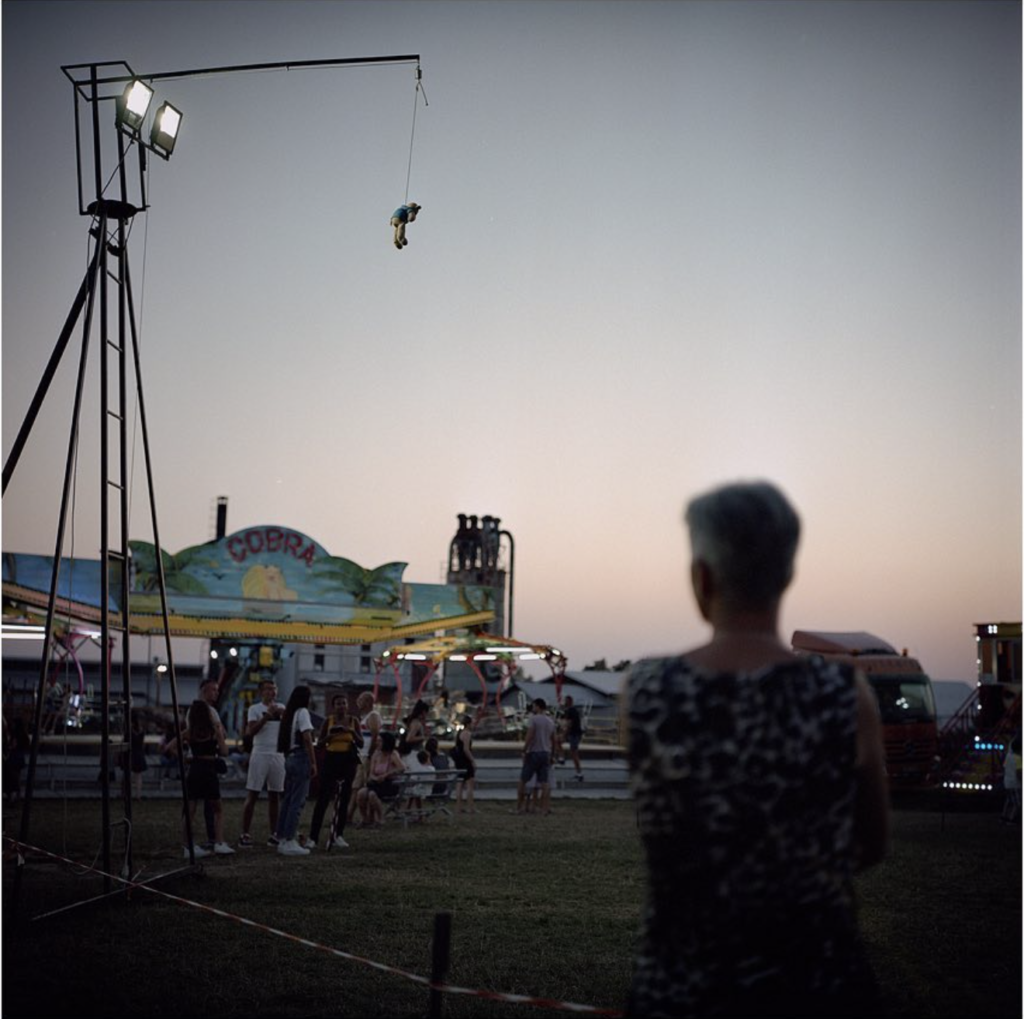
Every summer, the Bosnian diaspora in the Prijedor region joins those who decided not to flee the country after the ethnical cleansing of spring 92 (July 2022)
Chapter 2: Sarajevo
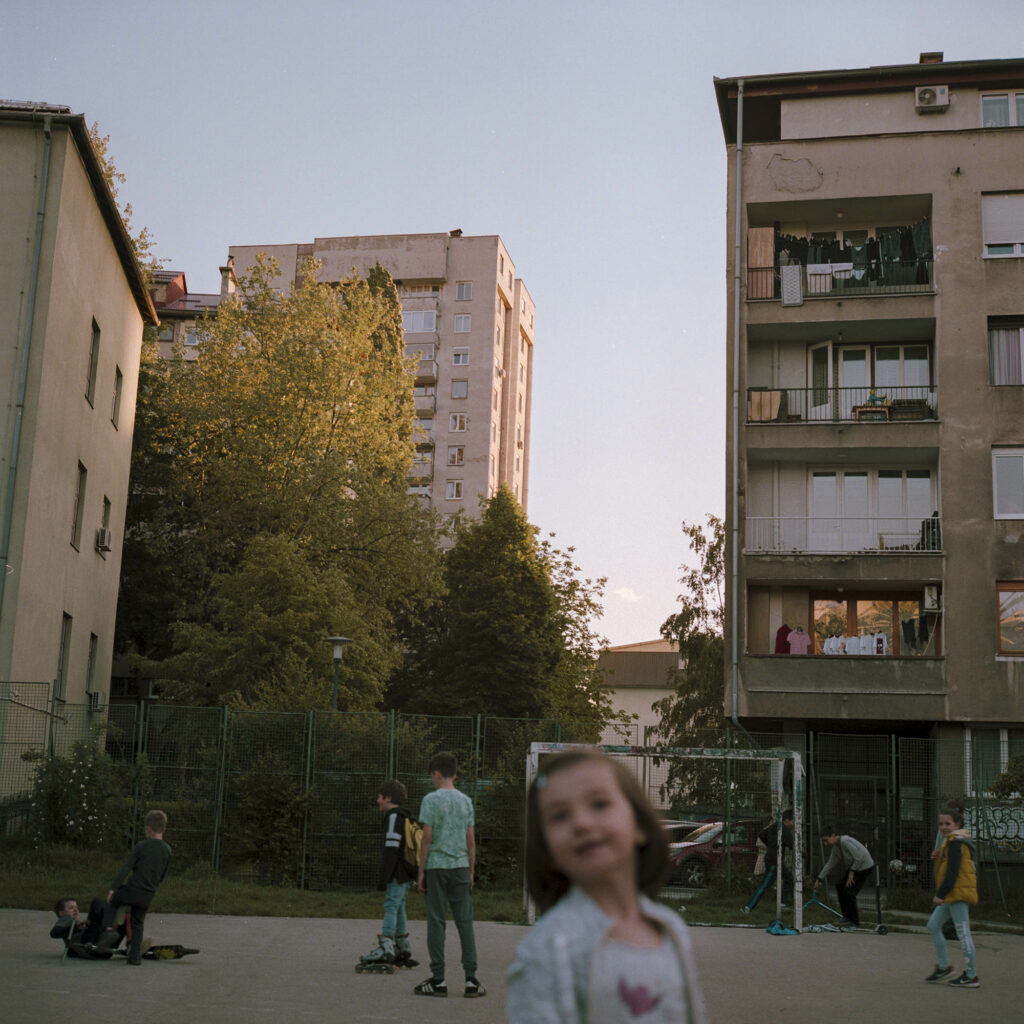
Children play, Sarajevo
Chapter 3: Srebrenica
-
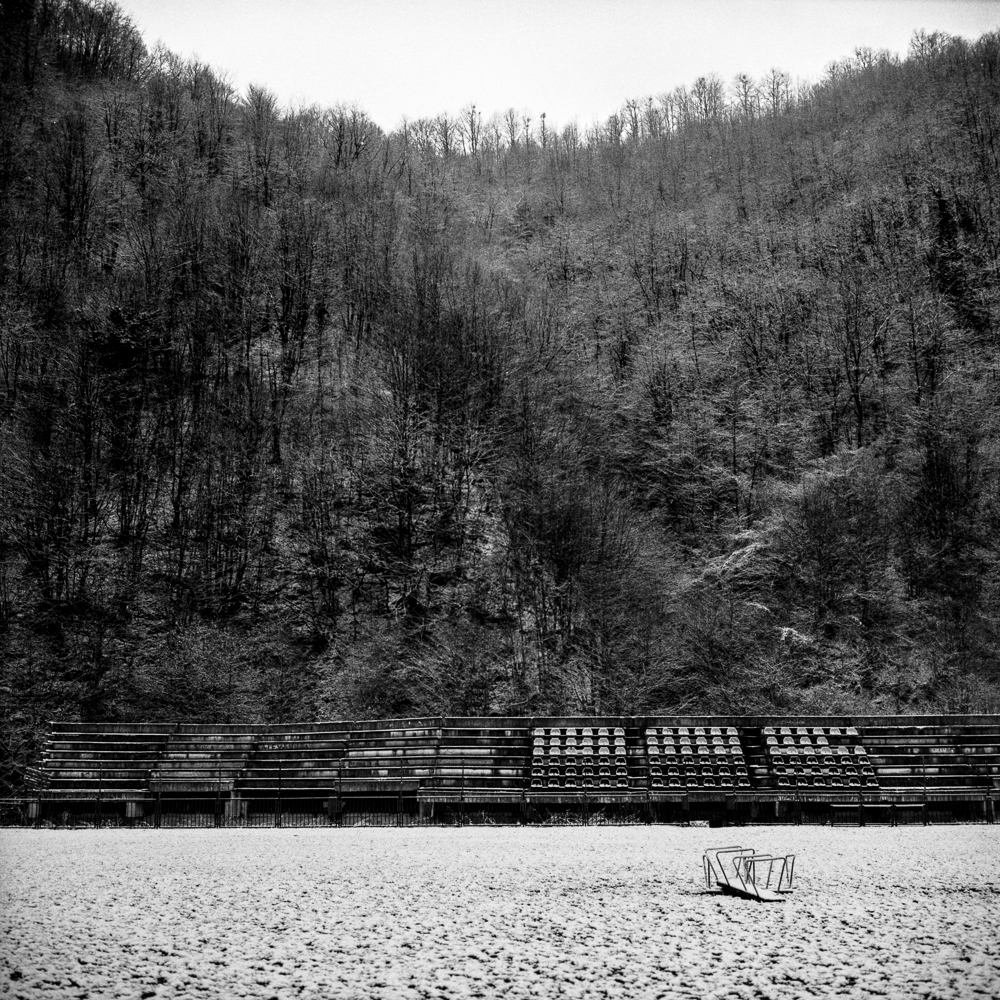
-
Srebrenica, football pitch
-
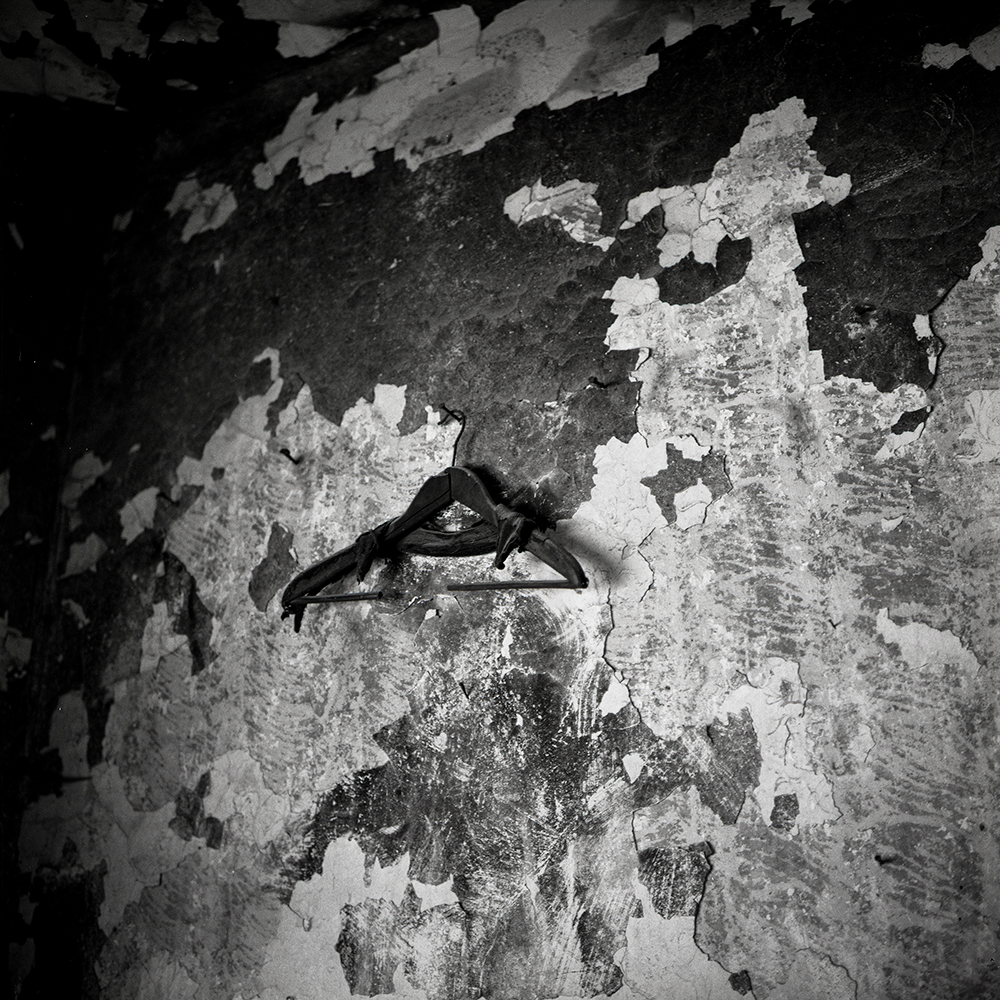
-
Abandoned house in Srebrenica city center
“Through photography and interviews, I try to give a concrete reality to the genocide, in order to extract it from the simple statistics that inexorably condemn it to oblivion.”
Fabrice Dekoninck
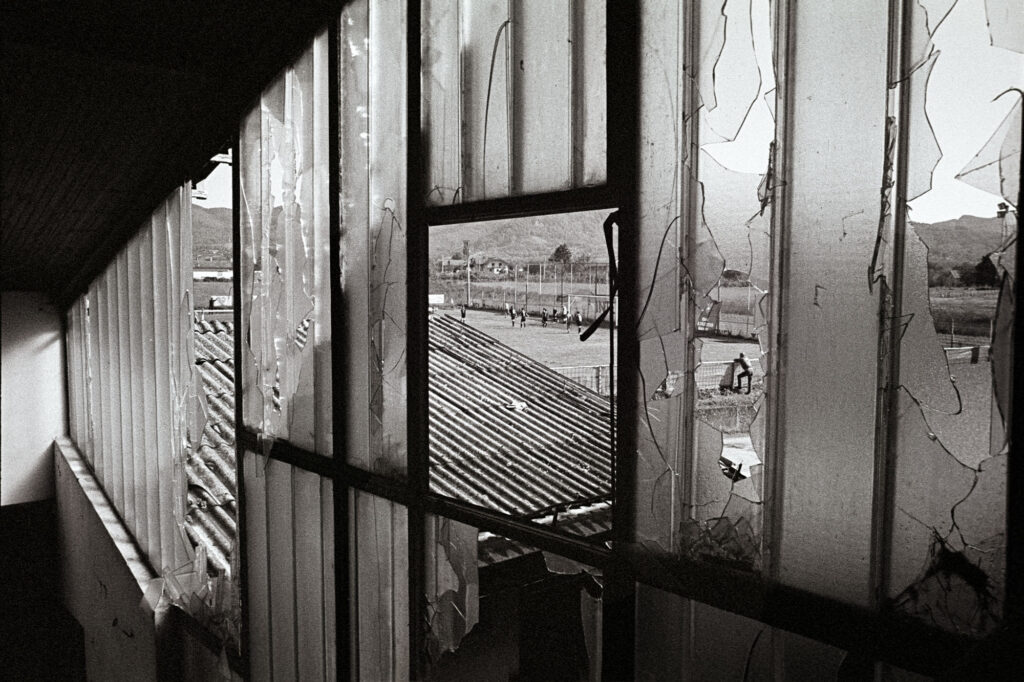
In front of the ruined former high school, young footballers from Kozarac, mostly Bosniaks, play a football match against their Serb neighbours from Omarska (September 2022)
Who is Fabrice Dekoninck? How did he work?
Fascinated by History, by the stakes linked to the preservation of memory and to the way it is collectively built, Fabrice Dekoninck first worked on the soldiers of the Great War, work that he exhibited as part of the Centennial mission at the Verdun Memorial in France. When he decided to devote himself entirely to photography, he became interested in the war in the former Yugoslavia.
Through interviews and testimonies, drawing on the thread of confidences patiently collected, he has been documenting for three years the traces of the massacres that led to the tragic deaths of thousands of victims between 1992 and 1995.
Based on his readings, on the testimonies of survivors and journalists present in the field at the time, as well as on the minutes of the ICTY and in particular the long work of Jean-René Ruez, head of the investigation group on the crimes of Srebrenica, he has succeeded in bringing to light the traces of the past, in breaking the silence and thus in paying homage to all those who have disappeared. In doing so, he frees himself from the manipulations of memory still at work in Bosnia-Herzegovina. Quoting Maurice Genevoix: “There is no death. I can close my eyes, I will have my paradise in the hearts that remember“.
Between Fears and Hope will be his second book, following the 2017 publication of Comme On Peut (Creaphis, France) in support of the eponymous exhibition, mixing portraits and landscapes with the words of the French writer Maurice Genevoix issued from Ceux de 14.
____
How to establish a truth on the scale of a nation when the “war of memories” continues to rage, when the words of the revisionists and the words of denial are expressed freely, and when, 30 years later, Bosnian, Serbian and Croatian children are taught revisited histories, thus weakening any process of reconciliation?
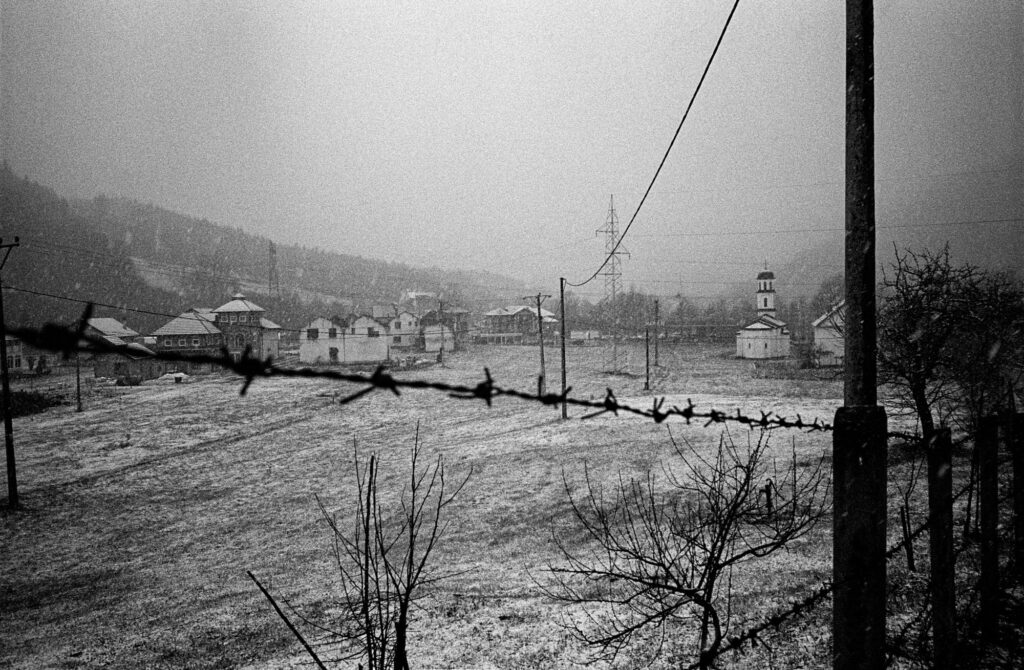
Serbian Orthodox Church illegally built on the land of 78-year-old Fata Orlovic, “Nana Fata”. After 20 years of lengthy court proceedings, including the European Court of Human Rights, she finally succeeded in having the building destroyed in June 2021 (march 2021)
If the crowdfunding campaign is a success, the book will be published by Hemeria French publisher.
Hemeria supports photographers who are committed to long-term projects. After hosting in 2020 the work of the VII Foundation on peace (Imagine: reflections on peace) gathering photographs and essays on Vietnam, Lebanon, Northern Ireland, Rwanda, Colombia and Bosnia, yesterday and today, the publishing house has supported the project of the documentary photographer Maryam Ashrafi on Syrian and Iraqi Kurdistan and the essential role of women.
With this new book by Fabrice Dekoninck, Hemeria continues to participate in the indispensable work of memory and truth that we owe to all those who struggle to live in a fairer, more egalitarian, freer world.
Exhibitions
2022
_____
Nantes, France > Cosmopolis (festival des solidarités), thématique « Transformons le monde »
03 – 13 November 2022
2023
_____
Sarajevo, Bosnia > National Gallery
April – May 2023
Srebrenica, Bosnia > Memorial Center
July – December 2023

Press review
- Interview by French independent media BLAST
- Article published in Ouest France about Nantes’exhibition
- Interview by BIRN (the Balkan Investigative Reporting Network) independent media
Prints available as rewards

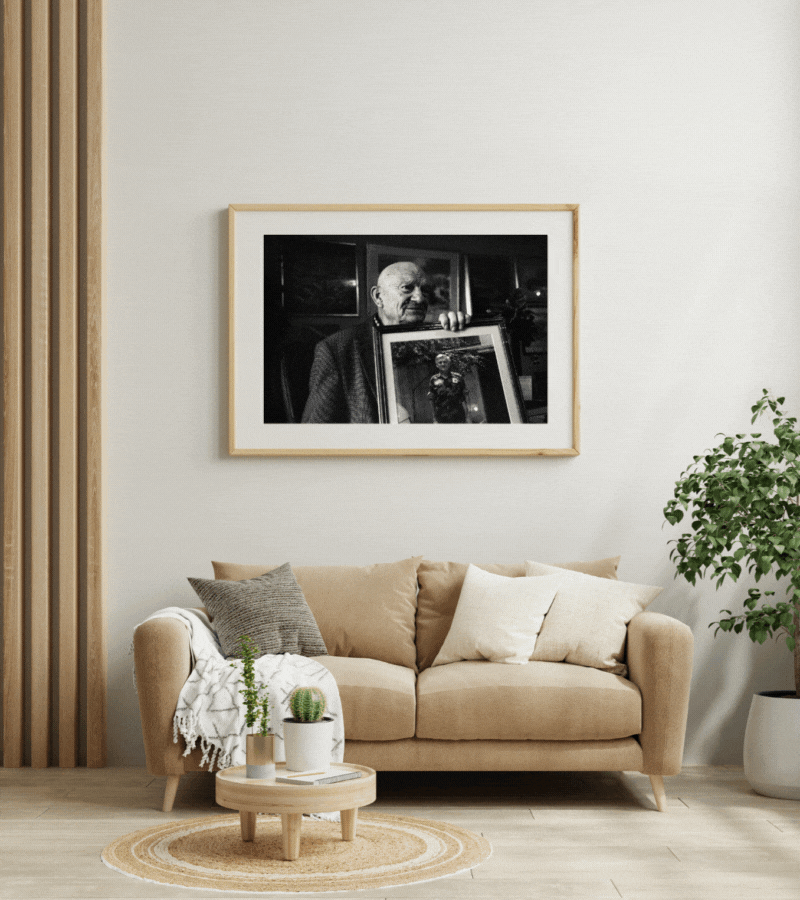
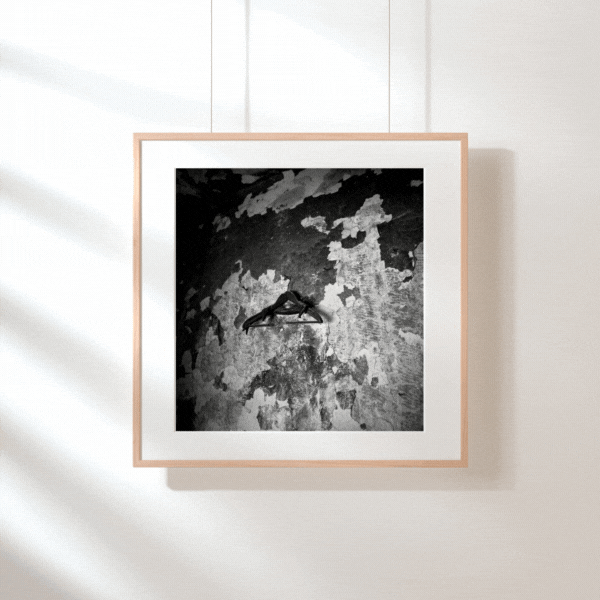
>> Photos available in B&W size 20×25 / 30×40 / Photo A also available in 50×60 [125 € in 20×25 – 300 € in 30×40]
-

-
A – 20×25 / 30×40 / 50×60
-

-
B – 20×25 / 30×40
-

-
C – 20×25 / 30×40
-

-
D – 20×25 / 30×40
-

-
E – 20×25 / 30×40
-

-
F – 20×25 / 30×40
-

-
G – 20×25 / 30×40
-

-
Y – 50×60
>> Photos in color available in size 30×40 [200 €]
-

-
H – 30×40
-

-
I – 30×40
-

-
J – 30×40
-

-
K – 30×40
-

-
L – 30×40
>> Photos in B&W available in size 37×37 [650 €]
-

-
M – 37×37
-

-
N – 37×37
-

-
O – 37×37
-

-
P – 37×37
>> Photos in color available in size 50×50 [900 €]
-

-
Q – 50×50
-

-
R – 50×50
-

-
S – 50×50
-

-
T – 50×50
>> Photos in color available in size 50×60 [950 €]
-

-
U – 50×60
-

-
V – 50×60
>> Photos in B&W available in size 50×60 [1000 €]
-

-
A – 50×60
-

-
AB – 50×60
-

-
AC – 50×60
-

-
W – 50×60
-

-
X – 50×60
-

-
Y – 50×60
-

-
Z – 50×60


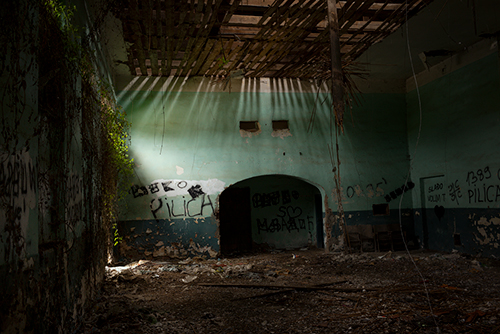
















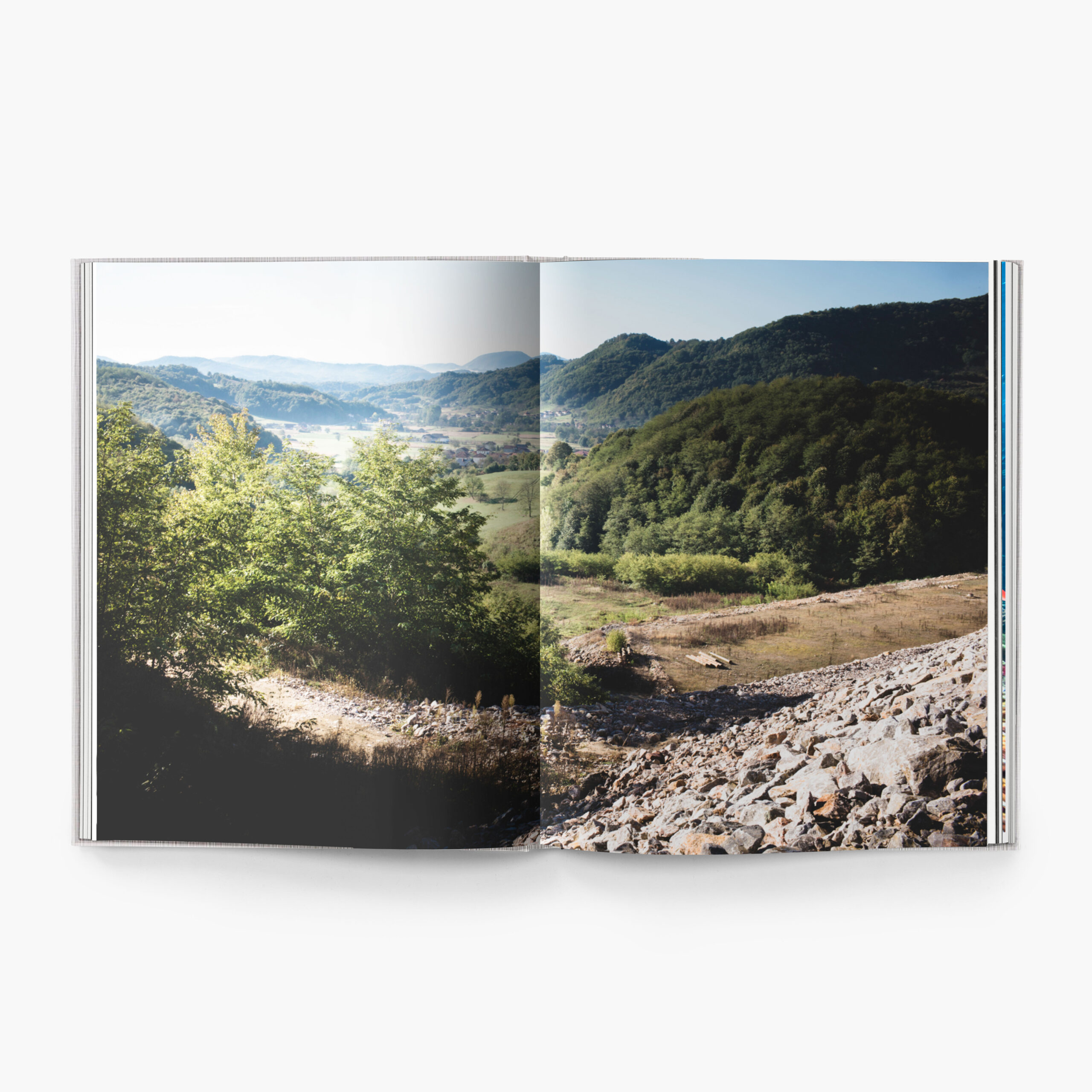

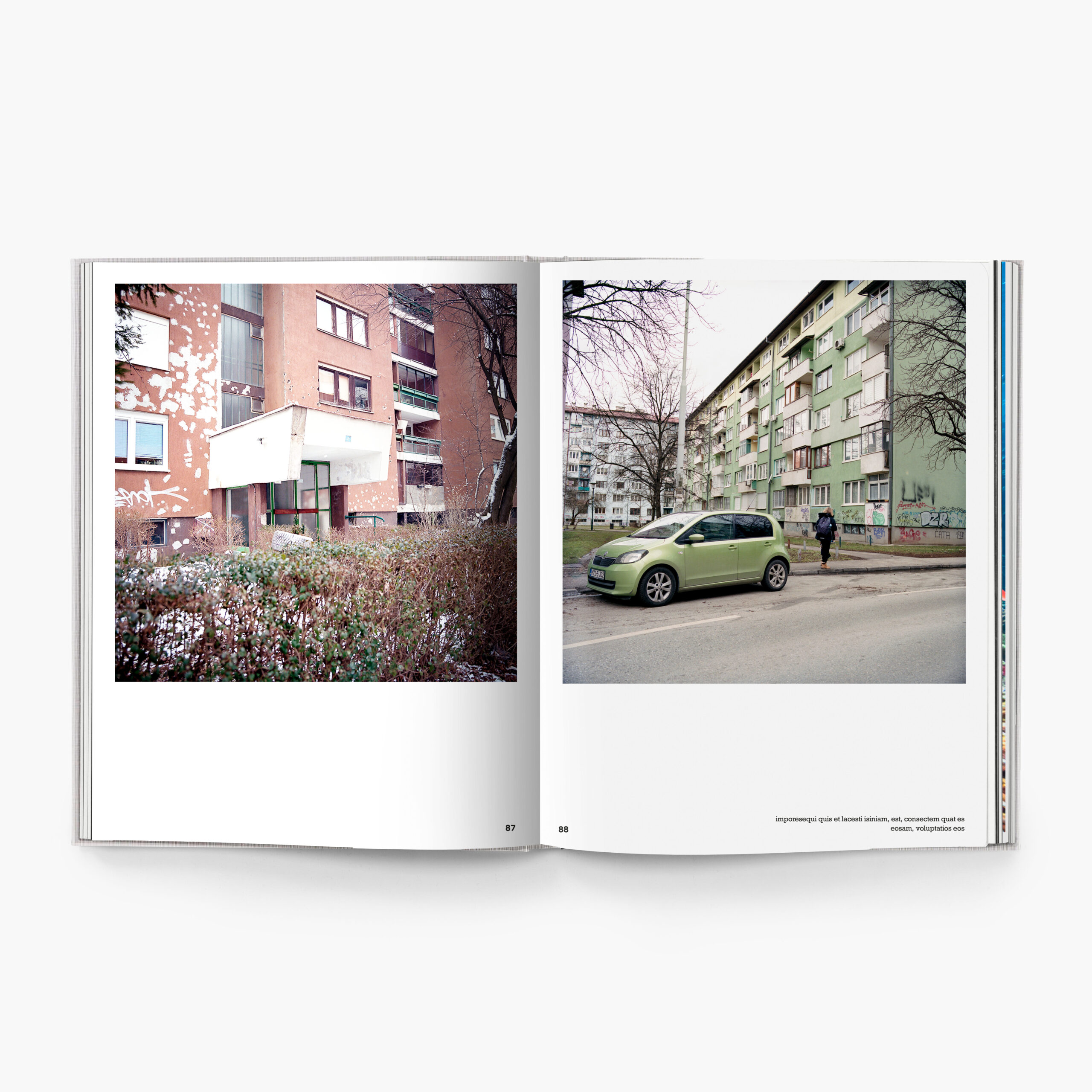
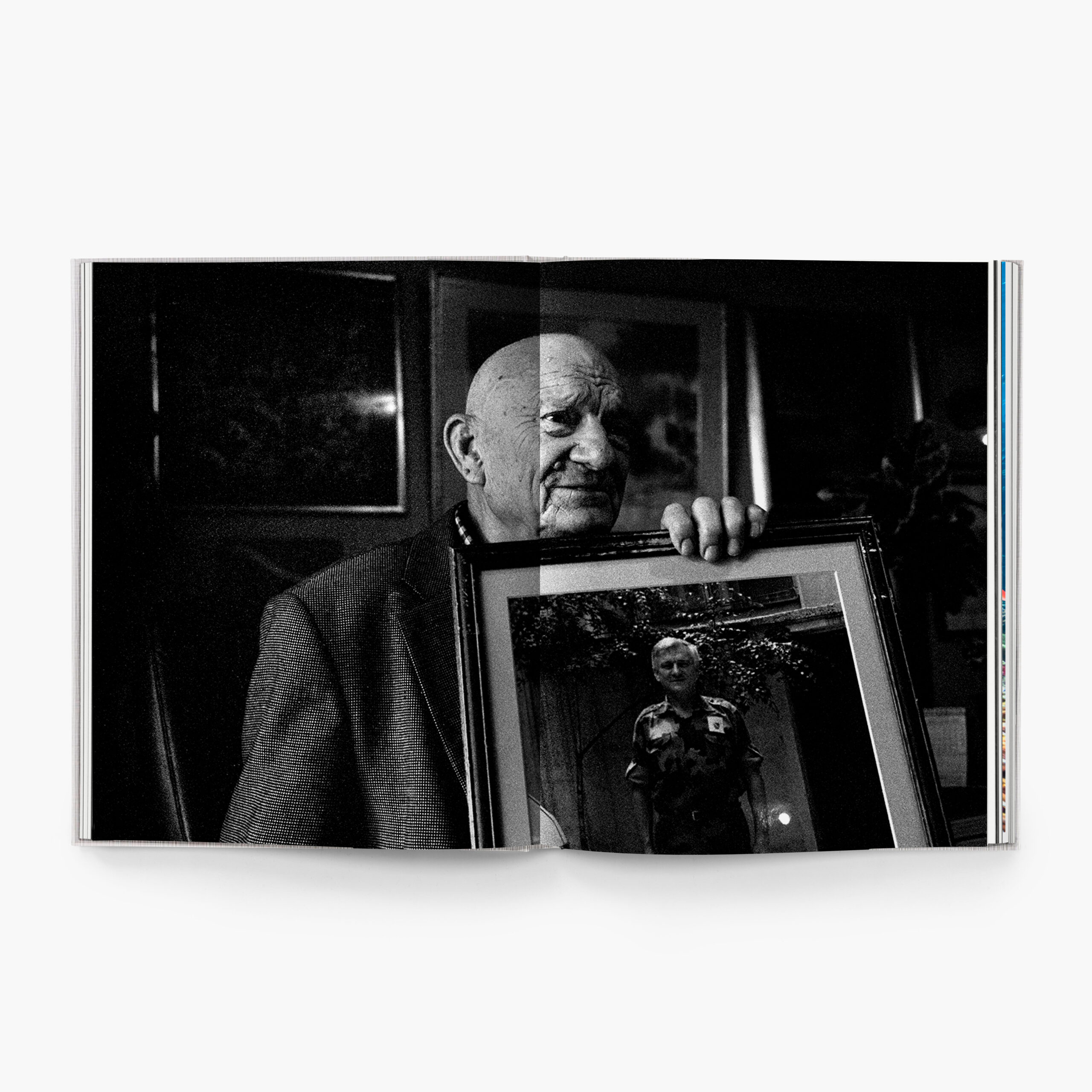




































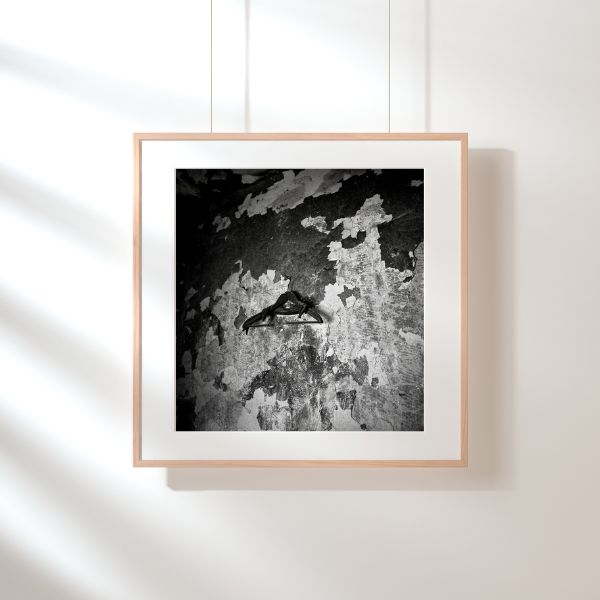


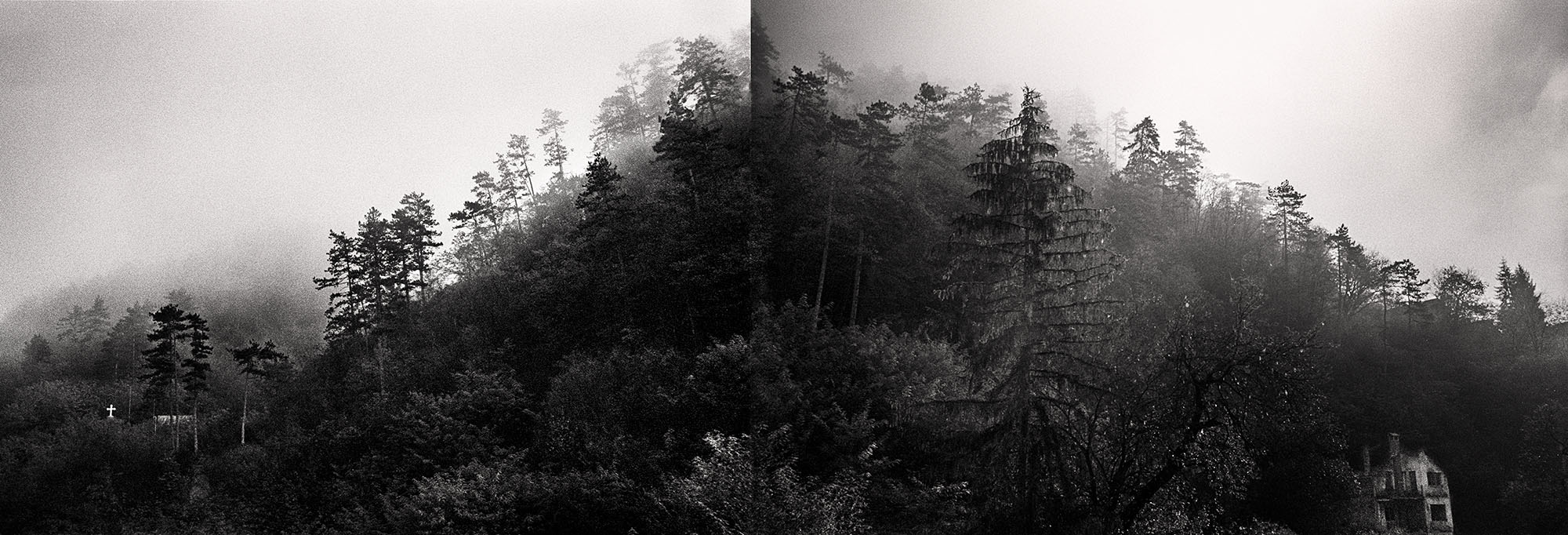

Reviews
There are no reviews yet.